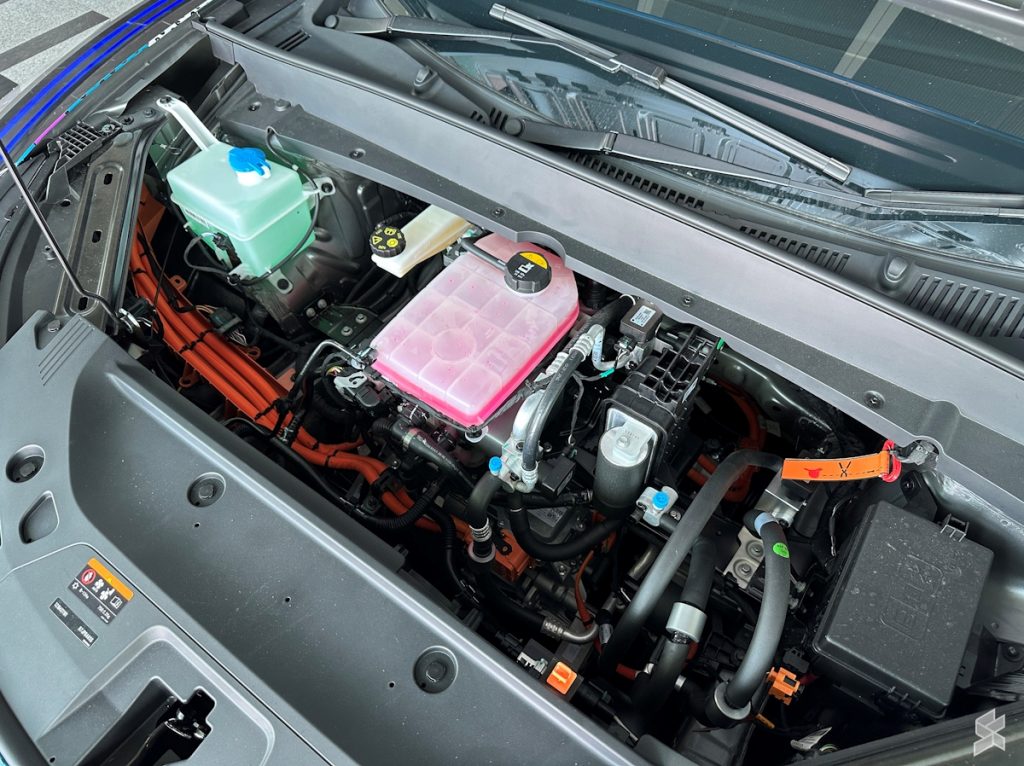In the dynamic landscape of software development, a unique and pivotal role has emerged—the Software Development Engineer in Test (SDET). As technology continues to evolve and software quality becomes paramount, the SDET plays a critical role in ensuring the reliability, performance, and overall excellence of software products. This article delves into the world of SDETs, shedding light on their responsibilities, skills, and the integral role they play in modern software development.
Defining the SDET Role
The Software Development Engineer in Test is a hybrid professional who blends the skills of a software developer and a quality assurance engineer. Unlike traditional quality assurance roles, SDETs are involved in the entire software development lifecycle, from designing and coding test automation frameworks to collaborating with developers and ensuring that software products meet the highest quality standards.

Key Responsibilities of an SDET
- Designing and Building Test Automation: SDETs create and implement automated test frameworks and scripts that validate software functionality, performance, and security. This enables efficient and consistent testing throughout the development process.
- Code Review and Collaboration: SDETs actively participate in code reviews, ensuring that development code aligns with quality standards and is testable. They collaborate closely with software developers to identify issues early in the development cycle.
- Test Strategy and Planning: SDETs contribute to the development of test strategies, test plans, and test cases. They understand the software requirements and use their technical expertise to identify areas that require rigorous testing.
- Continuous Integration and Deployment (CI/CD): SDETs facilitate continuous integration and continuous deployment pipelines by automating testing processes. This ensures that code changes are thoroughly tested before being released to production.
- Performance and Security Testing: SDETs design and execute performance and security tests to identify bottlenecks, vulnerabilities, and potential areas of improvement.
Skills Required for Success
- Programming Proficiency: SDETs possess strong programming skills in languages such as Java, Python, C#, or JavaScript. Their coding expertise enables them to build and maintain test automation frameworks.
- Testing Expertise: While SDETs are developers, they also have a deep understanding of testing methodologies and quality assurance practices. This knowledge is vital for designing effective test scenarios and identifying potential risks.
- Problem-Solving: SDETs are adept at analyzing complex software systems, identifying issues, and proposing effective solutions. Their problem-solving skills are crucial for ensuring software reliability.
- Automation Tools: SDETs are proficient in using a variety of testing and automation tools, including Selenium, JUnit, TestNG, and more. Mastery of these tools enables them to build robust automated testing suites.
- Collaboration: Successful SDETs excel in collaborating with cross-functional teams, including developers, product managers, and quality assurance engineers. Their ability to bridge the gap between development and testing is essential.
The SDET Advantage
The role of an SDET offers a unique advantage in the world of software development. By combining coding skills with testing expertise, SDETs contribute to the creation of software products that not only function flawlessly but also meet the expectations of end-users. Their holistic approach to software quality ensures that potential issues are identified early, leading to faster development cycles and enhanced user experiences.
Conclusion: Elevating Software Quality through Expertise
In the realm of software development, the Software Development Test (SDETs) plays a pivotal role in raising the bar for quality, reliability, and performance. With a blend of coding proficiency, testing expertise, and a commitment to collaboration, SDETs ensure that software products are not only functional but also meet the highest industry standards. As the technology landscape continues to evolve, SDETs stand as a bridge between development and quality assurance, paving the way for innovative and impeccable software solutions.




